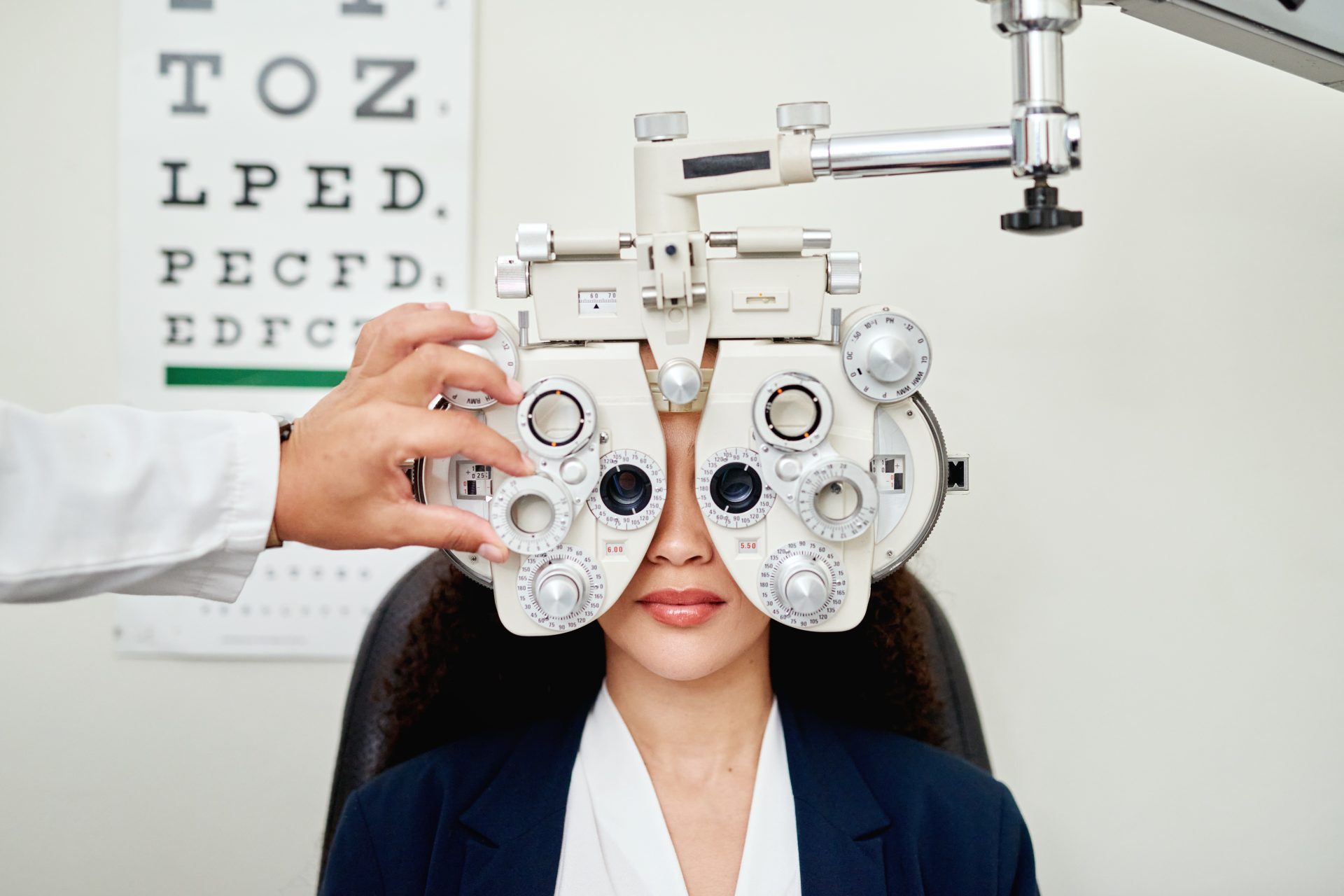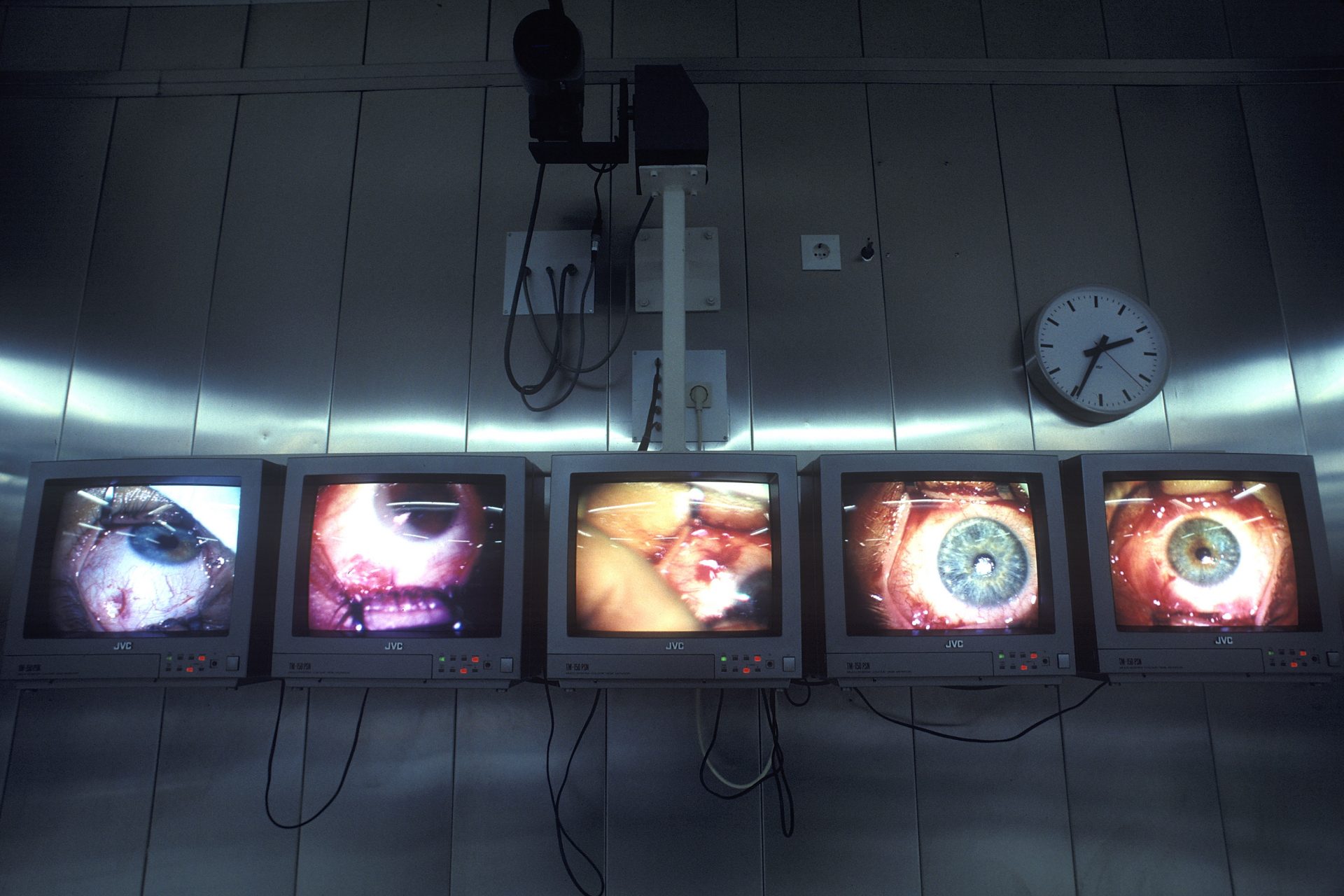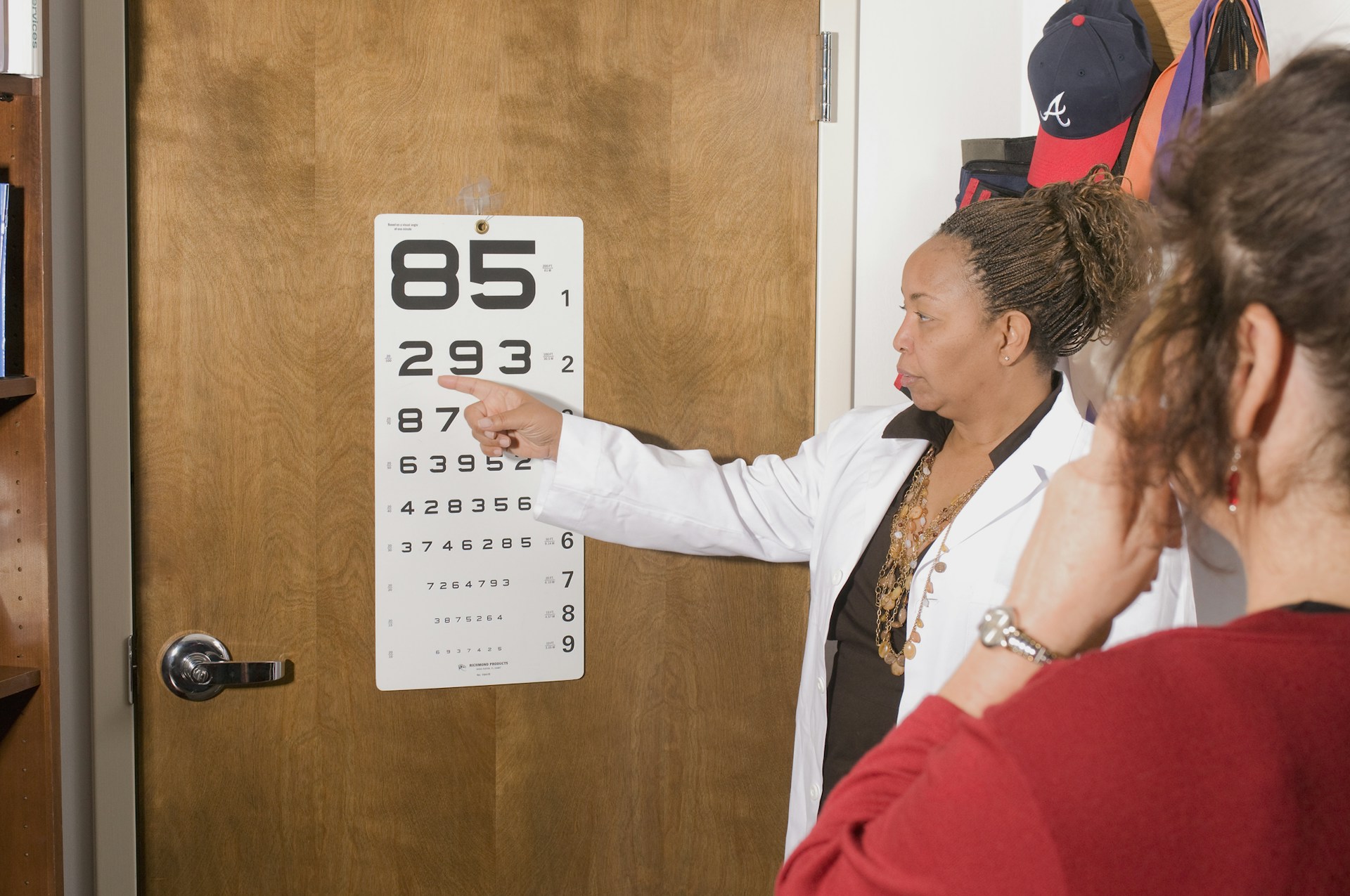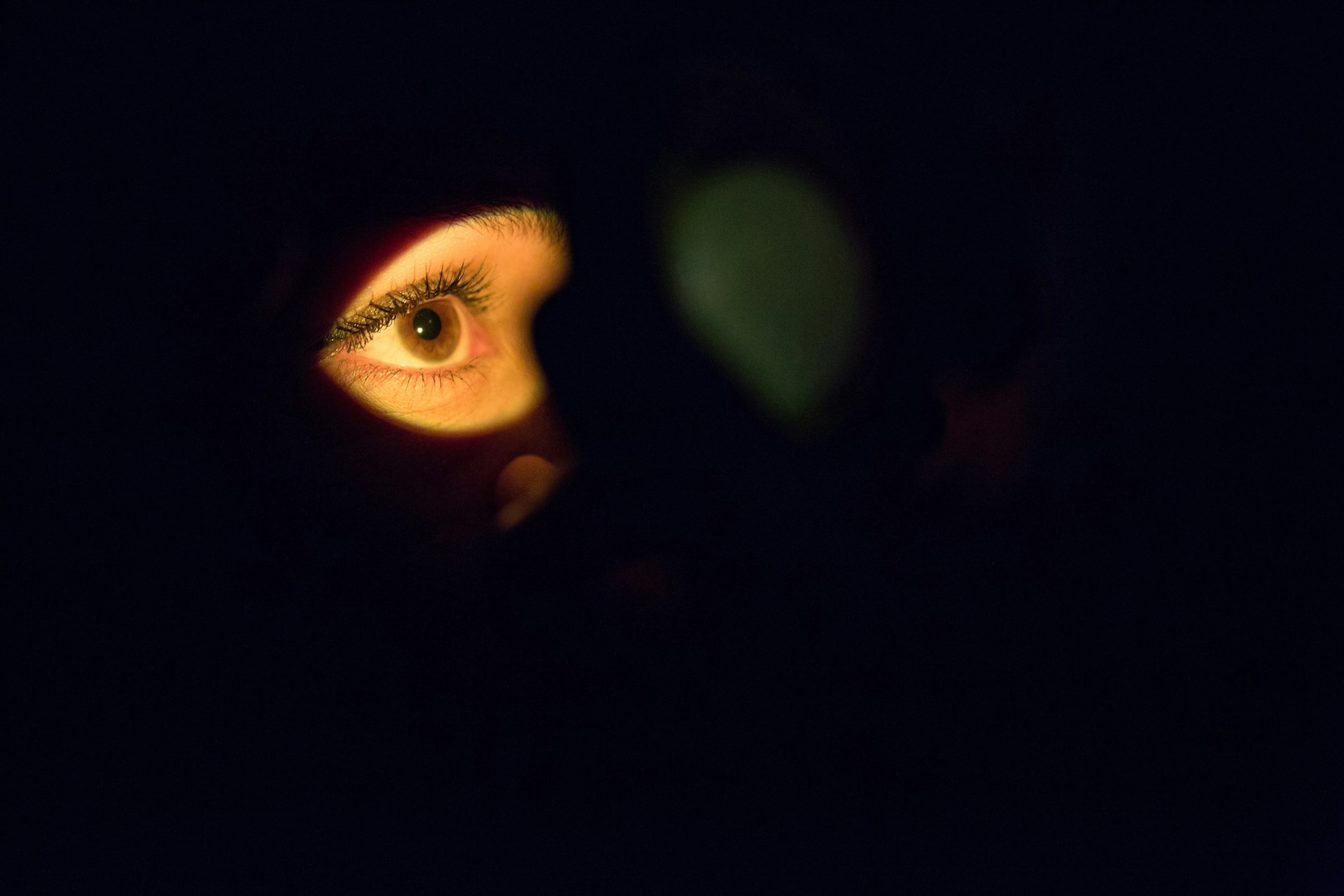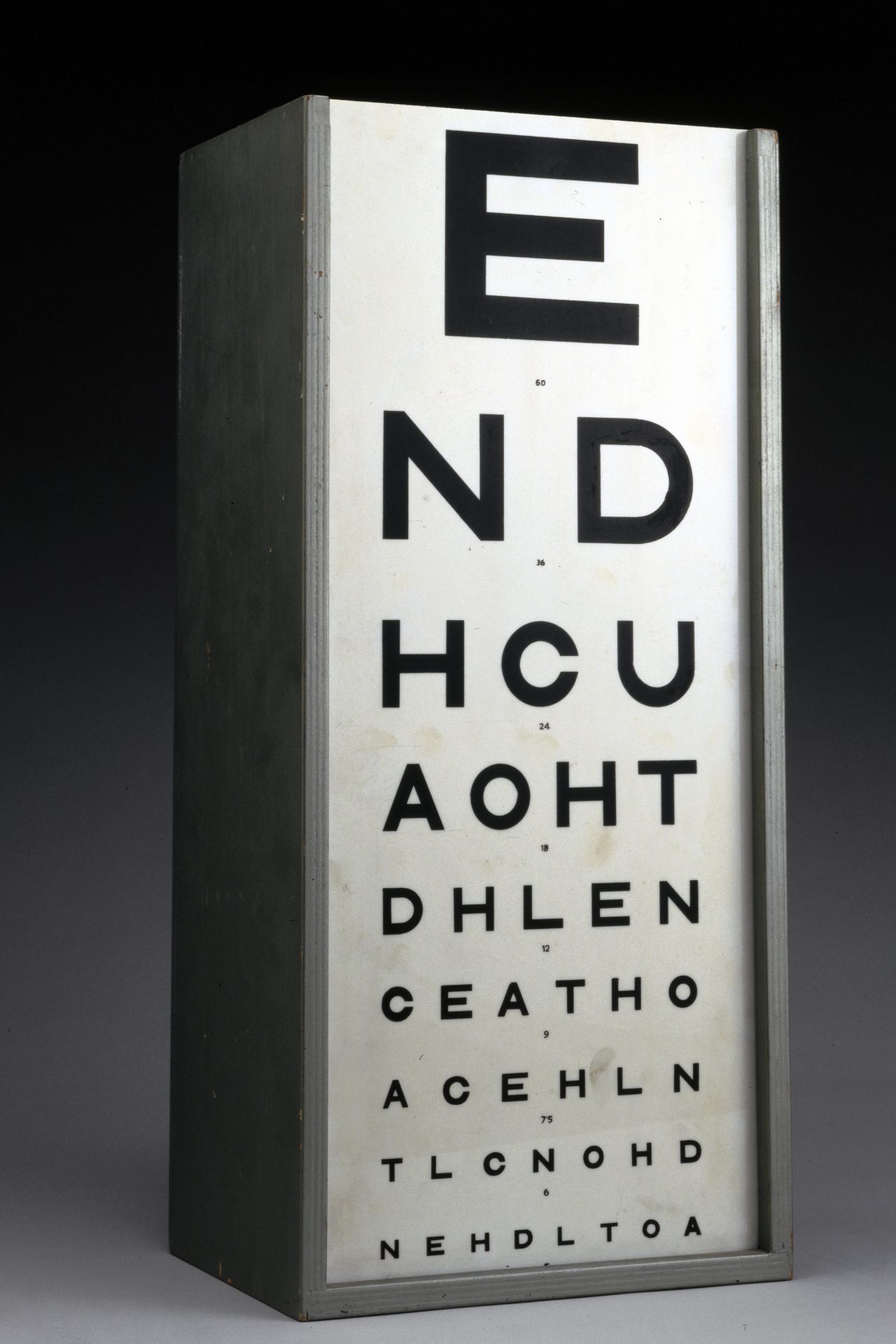Nearsighted? You are part of an epidemic
According to data from the World Health Organization (WHO), there will be 324 million nearsighted people worldwide by 2025, which is why health officials are treating myopia as an epidemic.
Myopia is a vision disorder that prevents patients from seeing distant objects clearly despite being able to see nearby objects perfectly.
Myopic eyes have an excessive lens curvature, which causes the images to form before reaching the retina.
Although not considered a disease, its uncontrolled increase can entail risks. According to experts, individuals with a spherical equivalent of -6.0 can experience chronic pathological visual changes.
Photo: Unsplash - CDC
Six out of ten retinal detachments occur in nearsighted people, and 10% of myopic individuals with more than 10.00 diopters end up blind or may suffer from cataracts or glaucoma.
Photo: Unsplash - Matt Seymour
The problem with this condition is that more and more people suffer from it. Genetic inheritance often drives myopia, but several other factors can trigger cases.
Photo: Pexels - Cottonbro
An article published in the scientific journal Missouri Medical found increases in myopia in children aged 6 to 13 during the pandemic due to substantially decreased time spent outdoors and increased screen time at home.
Photo: Unsplash - Brands People
That reinforces the expert's notion that one of the prevalent reasons behind the myopia epidemic is the intensive use of near vision. The human visual system is not built to spend so much time looking up close, so it adapts to the needs.
Photo: Unsplash - Kelly Sikkema
Children increasingly use electronic devices at a young age, spending hours in front of screens. Their hours of study and reading do not help reduce myopia either.
Photo: Pexels - Tima Miroshnichenko
Another risk factor is a sedentary lifestyle. Individuals who spend less time outdoors in the daylight are at more risk of developing myiopia.
Photo: Unsplash - Vitolda Klein
According to The Conversation, lighting also plays a role. The use of fluorescent lights, such as in classrooms, promotes myopia, and the lack of sun exposure also contributes.
Photo: Unsplash - Scott Webb
The World Health Organization recommends following a 20-20-20 rule to prevent and control nearsightedness: After 20 minutes of prolonged near-eye work (reading, watching a screen), take 20 seconds to look at something 20 feet away.
More for you
Top Stories



